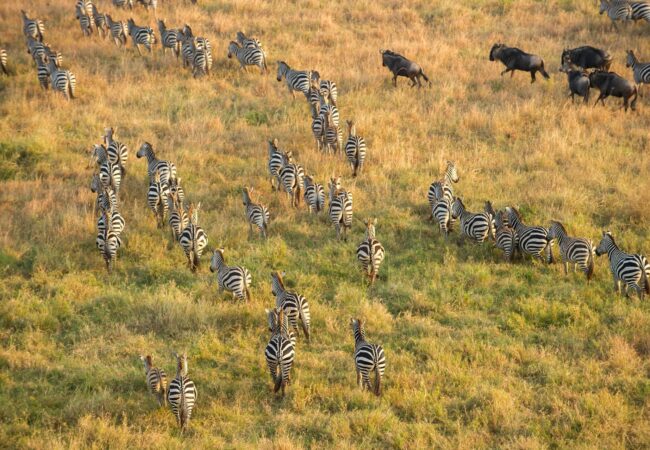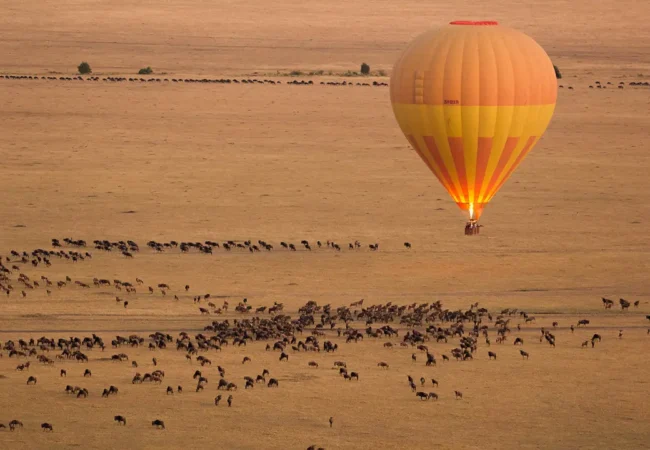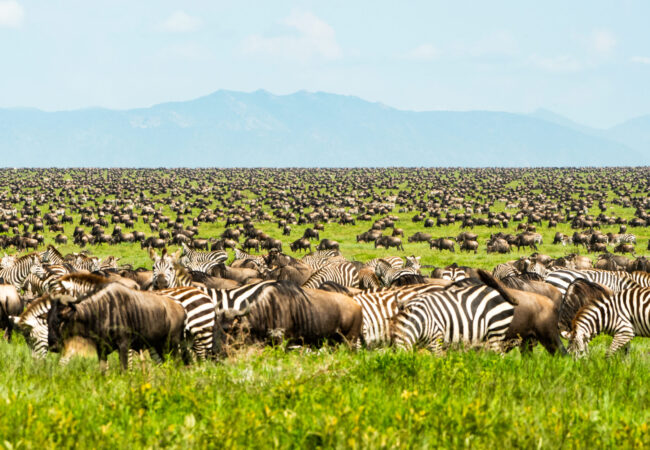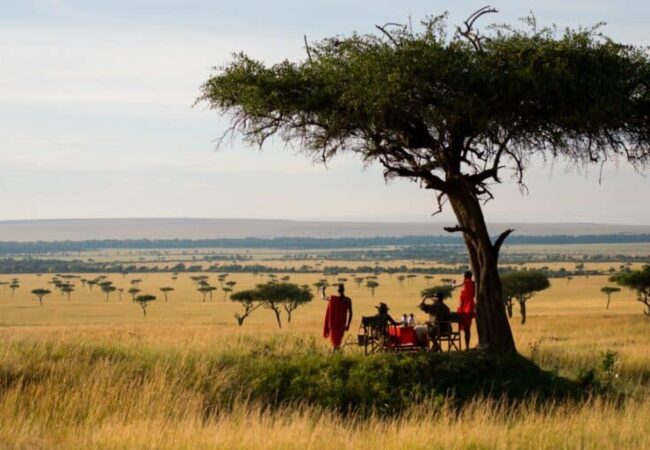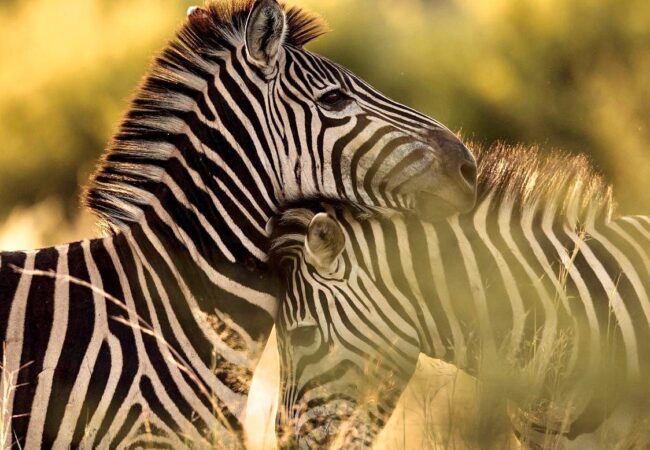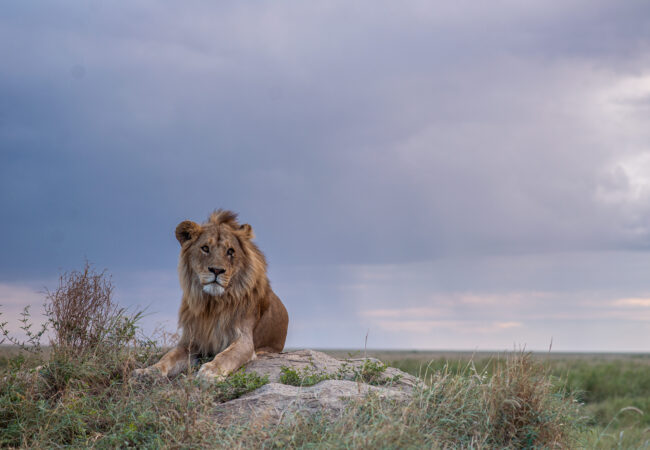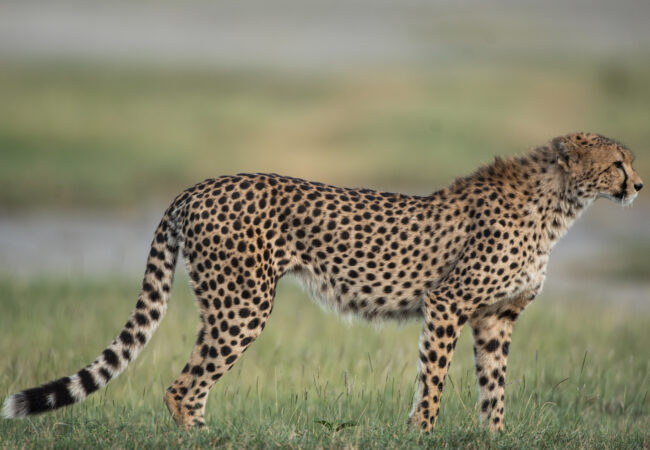Introduction: Paradise Found in the Indian Ocean
Floating like a jewel in the azure waters of the Indian Ocean, just 25–50 km off the coast of mainland Tanzania, Zanzibar Island is where Africa meets Arabia, history dances with nature, and beaches stretch endlessly into turquoise seas. Known as the “Spice Island,” Zanzibar offers far more than just sun and sand. It is a place of ancient Swahili culture, coral-stone towns, spice plantations, vibrant reefs, and unforgettable sunsets.
Whether you’re seeking relaxation, romance, culture, or aquatic adventure, Zanzibar is the destination where every day feels like a dream—and where time seems to slow down just for you.
Geographic and Cultural Overview
Zanzibar is part of the Zanzibar Archipelago, which includes:
- Unguja (main island, commonly referred to as Zanzibar)
- Pemba Island
- Numerous smaller islets
It is a semi-autonomous region of Tanzania with its own unique government and heritage. Zanzibar has long been a crossroads of cultures—Arabian, Persian, Indian, Portuguese, and African influences have created a fascinating cultural tapestry that is felt in everything from the architecture to the cuisine and language.
The heart of the island is Stone Town, a UNESCO World Heritage Site and one of the most enchanting historic centers in Africa.
Top Experiences and Attractions in Zanzibar
🏖 1. Pristine Beaches & Idyllic Coastal Villages
Zanzibar is famous for its white sand beaches, tranquil lagoons, and lush palm groves. Whether you’re lounging under a thatched umbrella or kitesurfing in warm trade winds, the coastline offers diverse experiences.
🌴 Best Beach Destinations:
- Nungwi & Kendwa (North): Stunning sunsets, luxury resorts, lively nightlife
- Paje & Jambiani (East): Watersports paradise, local village vibes
- Matemwe (Northeast): Quiet, upscale, and gateway to Mnemba Atoll
- Kizimkazi (South): Dolphin tours, cliffside views, and coral coves
🏛 2. Stone Town: A Living Museum
Wander the narrow alleys of Stone Town, where Zanzibari, Arab, Indian, and European influences converge in a labyrinth of coral stone buildings, carved wooden doors, and bustling bazaars.
Highlights:
- The Old Fort: 17th-century fortress turned cultural center
- House of Wonders: Iconic historic building, once the sultan’s palace
- Forodhani Gardens: Evening street food market by the sea
- Slave Market Memorial: A moving tribute to Zanzibar’s history in the East African slave trade
Stone Town is also the birthplace of Freddie Mercury, and a small museum and childhood home commemorate his legacy.
🍛 3. Spice Tours: Savor the Island’s Scented Soul
Zanzibar earned its nickname as the “Spice Island” during the 19th century, thanks to its flourishing spice plantations.
Take a guided tour through the countryside to see, smell, and taste:
- Cloves, cinnamon, cardamom, nutmeg
- Vanilla, black pepper, lemongrass
- Exotic fruits like starfruit, jackfruit, and soursop
These tours are often interactive, educational, and topped off with Swahili cooking experiences or fresh coconut juice.
🐠 4. Snorkeling and Diving: Beneath the Blue
Zanzibar is surrounded by vibrant coral reefs and crystal-clear waters, making it a haven for divers and snorkelers.
Top Underwater Spots:
- Mnemba Atoll: Marine conservation area with excellent visibility and colorful reefs
- Chumbe Island Coral Park: A protected reef sanctuary with eco-tourism facilities
- Tumbatu & Bawe Islands: Less crowded, pristine diving opportunities
Expect to see parrotfish, moray eels, lionfish, turtles, dolphins, and sometimes even whale sharks!
🐬 5. Dolphin Watching in Kizimkazi
In southern Zanzibar, Kizimkazi village is known for early morning bottlenose and humpback dolphin excursions. Ethical operators allow for responsible viewing—some tours even offer respectful in-water encounters.
🦍 6. Jozani Forest: A Unique Jungle Escape
Zanzibar’s last indigenous forest, Jozani Chwaka Bay National Park, is home to the rare and endemic Zanzibar red colobus monkey—found nowhere else on Earth. Wander among ancient mahogany trees, mangrove swamps, and butterfly-filled clearings.
The park also supports:
- Blue Sykes monkeys
- Bush babies
- Over 50 species of butterflies
- A rich bird population
Culture, People, and Traditions
Zanzibar is predominantly Swahili and Muslim, with deep roots in Omani-Arab culture. The call to prayer echoes over rooftops, children play soccer on sunlit beaches, and traditional dhow boats glide across the sea—Zanzibar’s rhythm is both peaceful and passionate.
Local Life:
Ramadan is widely observed; visitors are welcomed but expected to be respectful of customs during holy times.
Swahili weddings often include days of dancing, henna art, and traditional music.
Taarab music blends Arabic instruments with African rhythms—often performed during festivals or events.
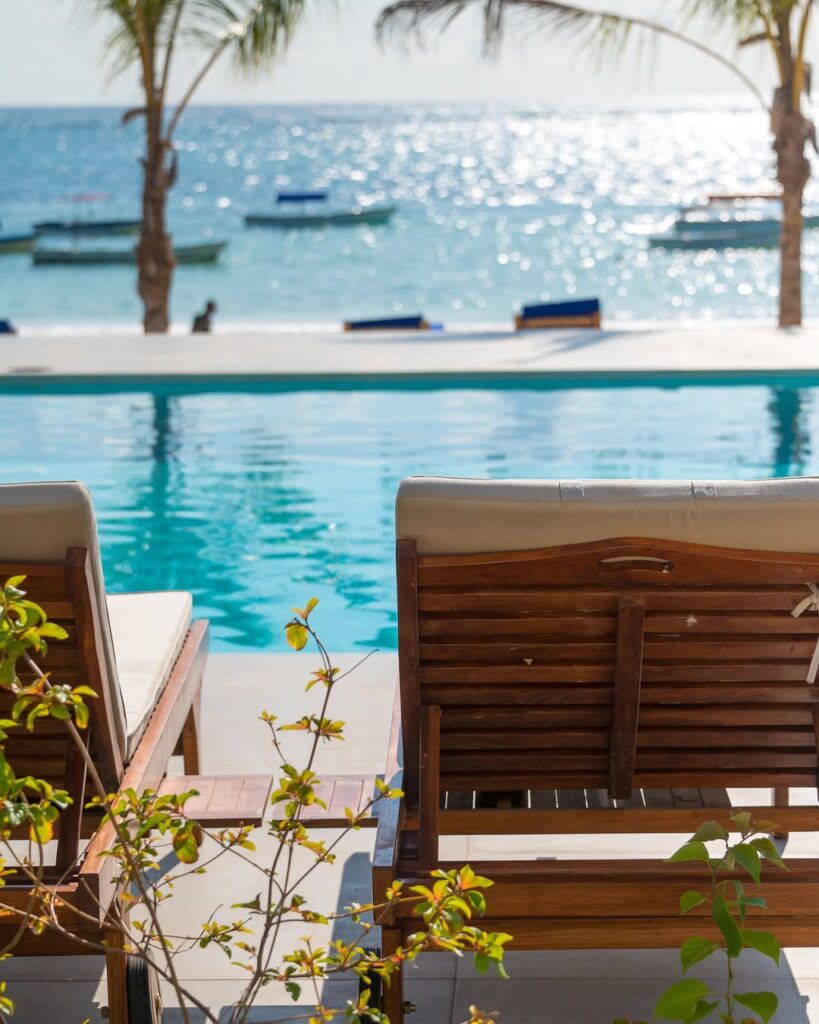
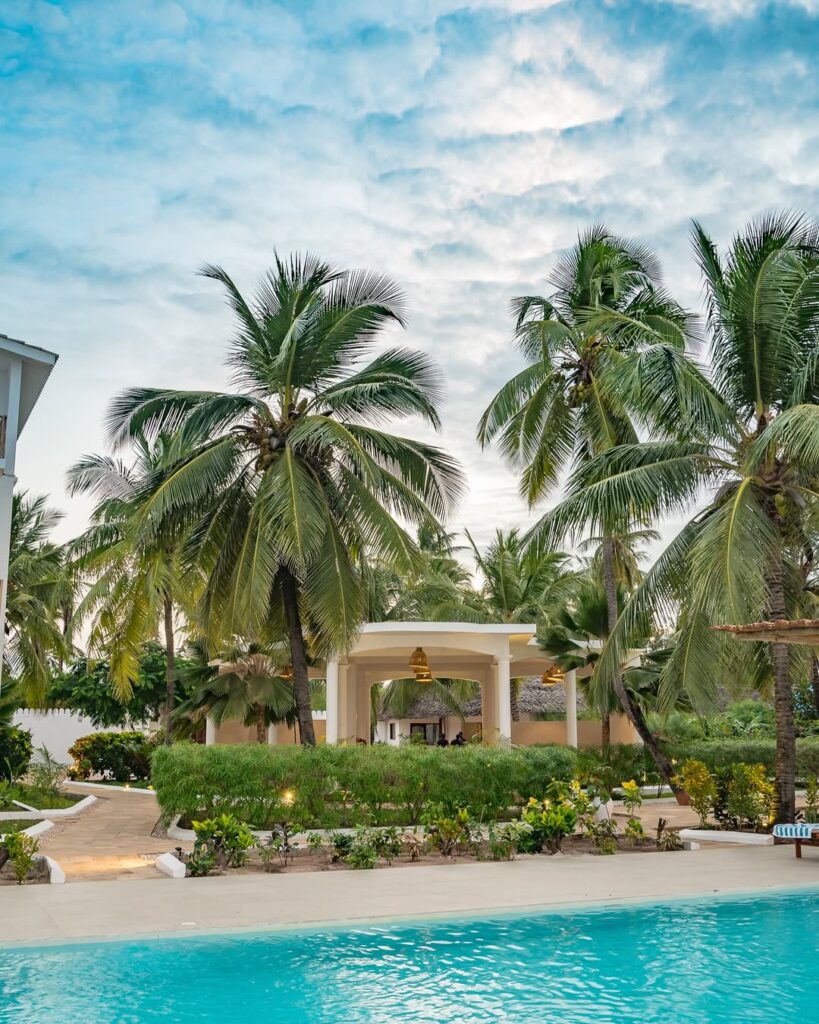

When to Visit Zanzibar
Zanzibar enjoys a tropical climate year-round, but the best times to visit are:
- June to October (Dry Season): Best weather, lower humidity, perfect for beaches
- December to March: Warmer, ideal for snorkeling/diving
- April & May: Rainy season—expect heavy showers and limited activities
Getting to Zanzibar
By Ferry: High-speed ferries connect Dar es Salaam to Stone Town in 1.5–2 hoursral heritage is an integral part of its national
By Air: Direct flights to Zanzibar International Airport (ZNZ) from major hubs like Dar es Salaam, Nairobi, Doha, and Istanbul

